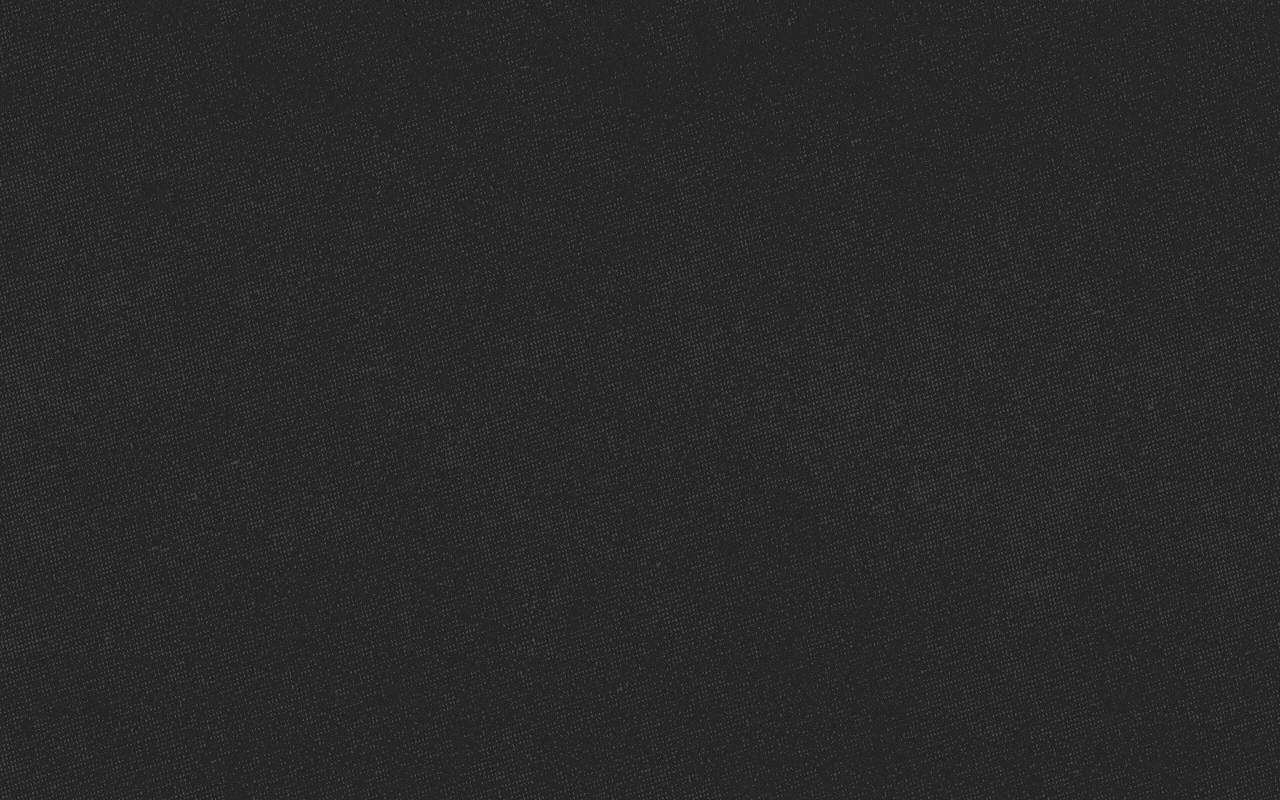For those who are social media fanatics, it’s common to fall victim to the aimless scroll, the devoted double tap and the consistent feed refresh. But above all, we are guilty of habitually checking the like counts on a post to ensure that we reach an invisible self-validating goal.
Social media has notoriously become a space that breeds unhealthy “liking addictions” and moved further away from forming connections through sharing content. So how can social platforms start promoting healthy user engagement?
In April 2019, Instagram began testing a new feature that hid the number of likes shown on users’ posts, prototyping this version in seven countries, including our nearby North American friend, Canada.
More recently, Facebook (which owns Instagram) hinted that it may remove the likes shown on posts, too. While its main goal is to return social media to a less-pressurized environment, publications, users and brands have all joined in on the conversation about what the future of marketing may look like after removing public-facing like counts.
What does the removal of likes mean for a brand? Here’s a break-down of what that shift may look like and how it affects brands and their audiences:
The New “Currency” of Social Media Is Engagement
Traditionally, likes have been the leading metric for both brands and social media users to gauge how effectively content is resonating with or engaging an audience. As a vanity metric — and one that doesn’t quite get at an emotional response — the loss of it on brands’ social pages means that brands will need to focus on other meaningful metrics.
Since liking a post tends to be a more surface-level action that provides validation rather than engagement from an audience, hiding like counts puts the onus on users to more deeply engage with content (or pass on it entirely). That means by hiding like counts on Instagram and Facebook, brands need to look at deeper analytics and focus on other, more compelling, insights. View-to-completions, shares and comments are each evidence that the audience is more fully engaged and relating to a post–more than a “like” can ever do.
Deeper Understanding of Audience and Creative
All successful marketing begins and ends with the target audience. With the removal of a “like” metric, content within social media needs to be more compelling to a target audience than ever before. Any trigger-happy finger can click a like button, but not everyone feels valued and understood by the content they are consuming.
The value of a broader set of engagement metrics will force brands to create and sustain content to ensure an engaged community. One tactic: Researching what conversations your consumers are already starting and engaging in. This could help cultivate content that is relatable and enticing. It becomes cyclical.
It’s Time to Start Working Smarter and Harder
Hiding likes will require brands to work more thoughtfully, with more critical and strategic thinking. A future without like-counts suggests a more story-heavy focus on social media and a personalized feel between brand and audience. Brands will likely find success by moving to more video or interactive content — something truly thumb-stopping and worth the extra engagement.
Ideally, audiences can soon engage in a more positive and community-based environment where vanity metrics no longer facilitate a pressurized space. Consuming and using social media will drift further away from a shallow highlight reel and move toward a more wholesome and meaningful platform to interact with family and friends (and brands). And as the makers of so much compelling social content for brands, that’s a movement we can get behind.
Intimidated by this shift in the ever-changing world of social media? Connect with Ted Jun at tjun@hiebing.com to learn how we can help you reach an audience and maintain an engaged community on social media, without the vanity metrics.
